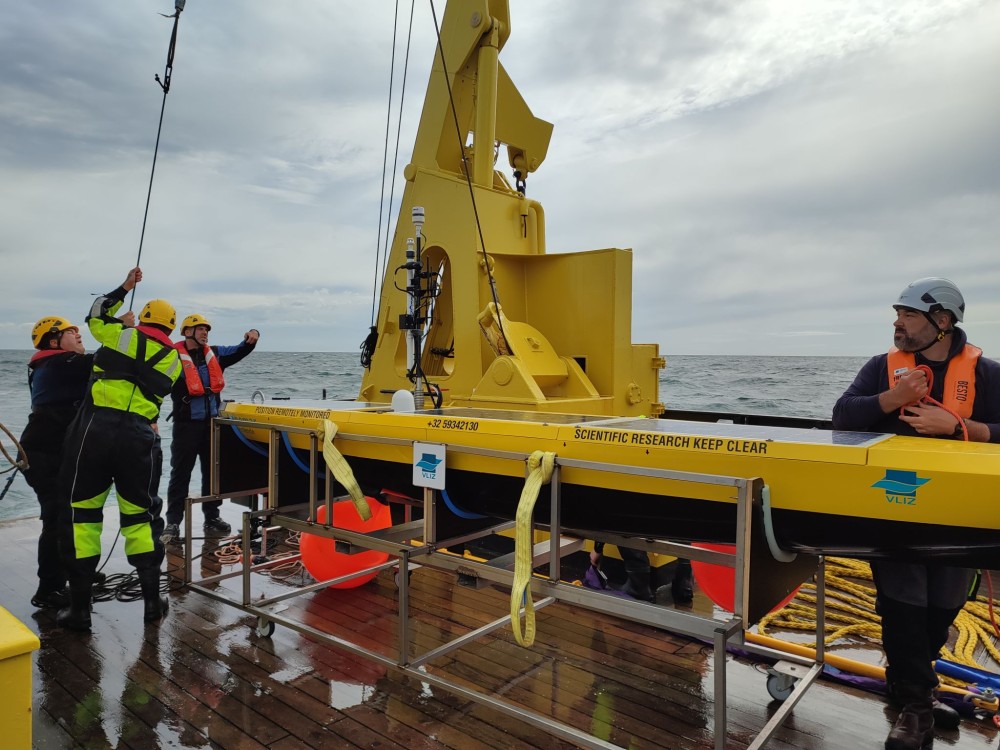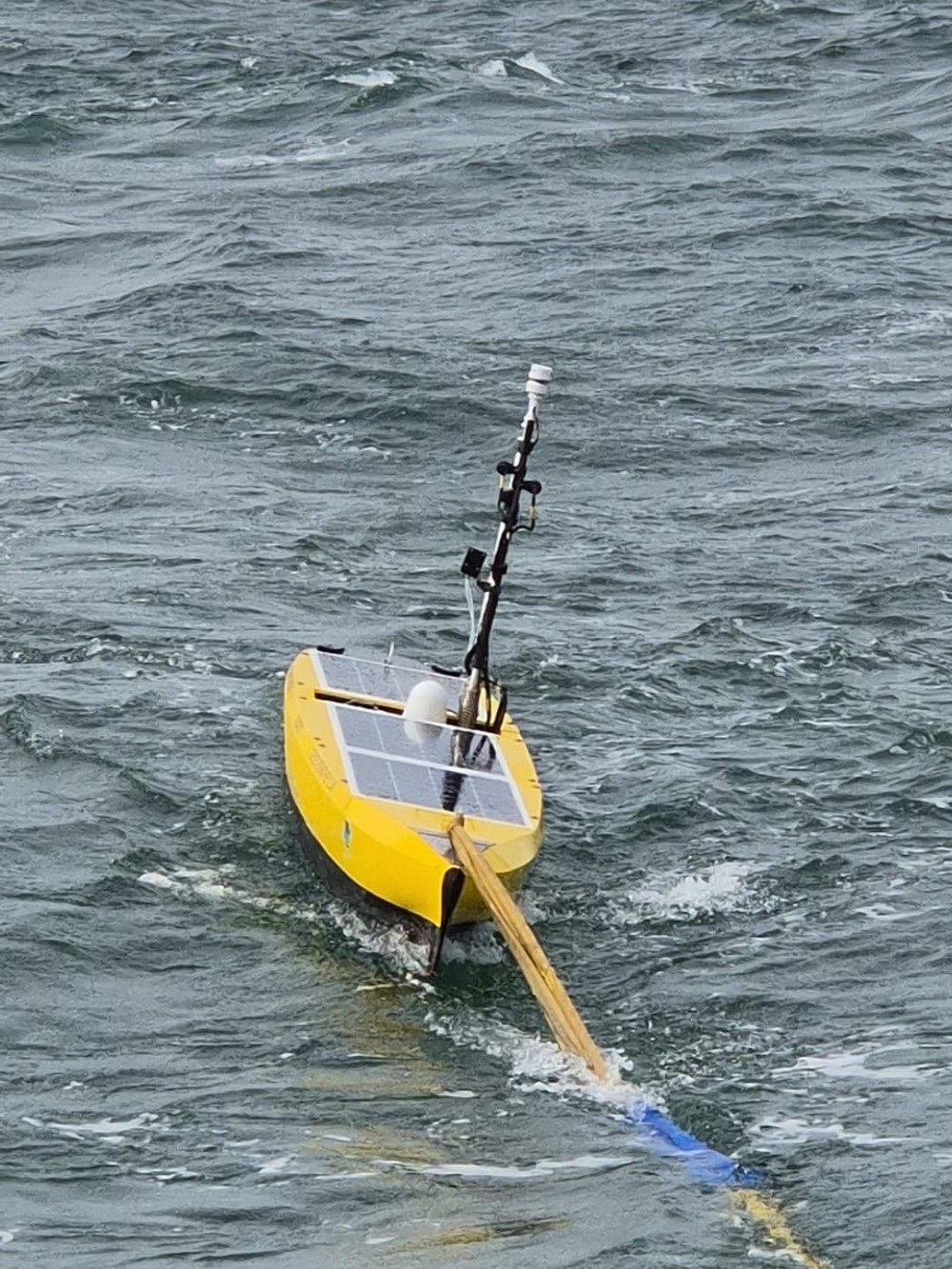VLIZ has recently enhanced its Unmanned Surface Vehicle (USV) Adhemar with the integration of a high-precision pCO2 sensor, the Hagan Gen-X. Carbon measurements in the ocean are vital for understanding the global carbon cycle and its impact on climate change. Autonomous surface vehicles equipped with CO2 sensors can measure CO2 levels in seawater and the atmosphere over extended periods, providing comprehensive data that fills gaps left by traditional shipboard measurements. In alignment with VLIZ’s mission to advance greenhouse gas research in coastal and open ocean waters, the USV Adhemar (an AutoNaut USV) has been equipped with the Hagan Gen-X system as part of our role in the EU Project #GreenFeedback. Initial tests conducted at the VLIZ science harbor in Port Oostende were successful, demonstrating the effectiveness of the sensor. The USV’s communication system allows for near-real-time data transmission, ensuring continuous monitoring and analysis. In late May 2024, the USV Adhemar is operating in the Belgian North Sea, supported by the research vessel RV Simon Stevin, to approach the VLIZ Thornton buoy. Both the vessel and the buoy are equipped with high precision pCO2 systems and are certified stations of the Integrated Carbon Observation System (ICOS). These operations aim to provide detailed and accurate data on carbon levels in the marine environment. By integrating this advanced pCO2 sensor into the USV Adhemar, VLIZ continues to advance its marine research capabilities, contributing valuable data to the global understanding of climate change and ocean health.



